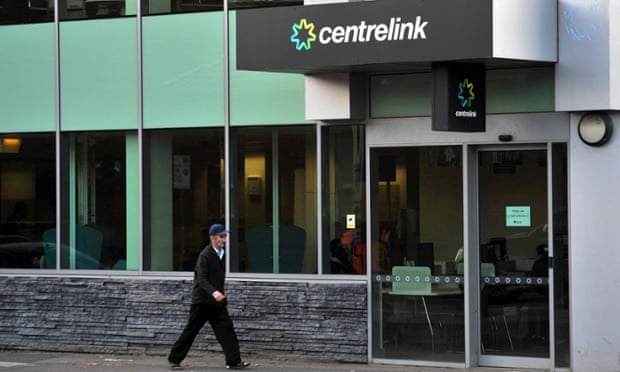January 01, 2015

New rules. Source: TheAustralian
A WIDENING of the deeming regime for retirees and tougher reporting restrictions for dole and disability support benefits recipients begins today with the start of 2015.
Some of the biggest budget savings will not start as scheduled today, with the GP co-payment bogged in the Senate and the Coalition’s earn-or-learn crackdown for the young unemployed also blocked by the upper house.
On January 15, cars and a range of electrical goods could become cheaper as tariffs are cut on imports of Japanese products as the Australia-Japan FTA comes into effect. The entry into force of the FTA should also provide a boon to exporters.
From today, retirees who buy allocated pensions and account-based pensions will find themselves facing the same deeming treatment as those on the Age Pension. However, arrangements that are already in place will not be affected under grandfathering provisions.
Under the new rules, the money held in the allocated pension will be subject to deeming and the amount deemed to have been earned will be used to assess income when calculating the pension.
Untaxed superannuation will also be included in the assessment of income for the federal seniors health card. From today, a means test will be applied to the Schoolkids Bonus, with only families on $100,000 or less receiving it.
The passage of the government’s social services bill in November also means that from today DSP recipients will generally be paid for up to only four weeks in a year if they are absent from Australia.
There will be limited reasons why students on welfare can travel overseas without losing payments.
DSP applicants will be required to be assessed by a government-approved doctor.
From today, the government will end indexation of the clean energy supplement for welfare recipients because of the abolition of the carbon tax.
Under tougher provisions, applicants for Newstart, sickness, widow or youth allowances, or parenting payments will have to wait a week before receiving payments.
Newstart recipients who have their payments suspended because they missed an appointment with an employment service provider will be required to attend a rescheduled appointment before the benefits are paid again.
The fee for Partner Visas in the permanent family migration scheme jumps 50 per cent from about $3000 to more than $4600.
New initiatives that start from today include free flu vaccinations for indigenous children aged between six months and five years.
From today, a $476 million industry skills fund will begin to support training needs of small and medium-sized businesses
The government has also announced 150 bursaries for young carers to help them continue studies by relieving pressure to take up part-time work.
The opposition’s acting families spokeswoman Jan McLucas said Labor had stopped the government punishing young jobseekers by kicking them off Newstart for six months.
Labor would continue to fight Tony Abbott, who wanted to shift young people under 24 from Newstart on to the lower Youth Allowance, which would leave them $48 a week worse off.



